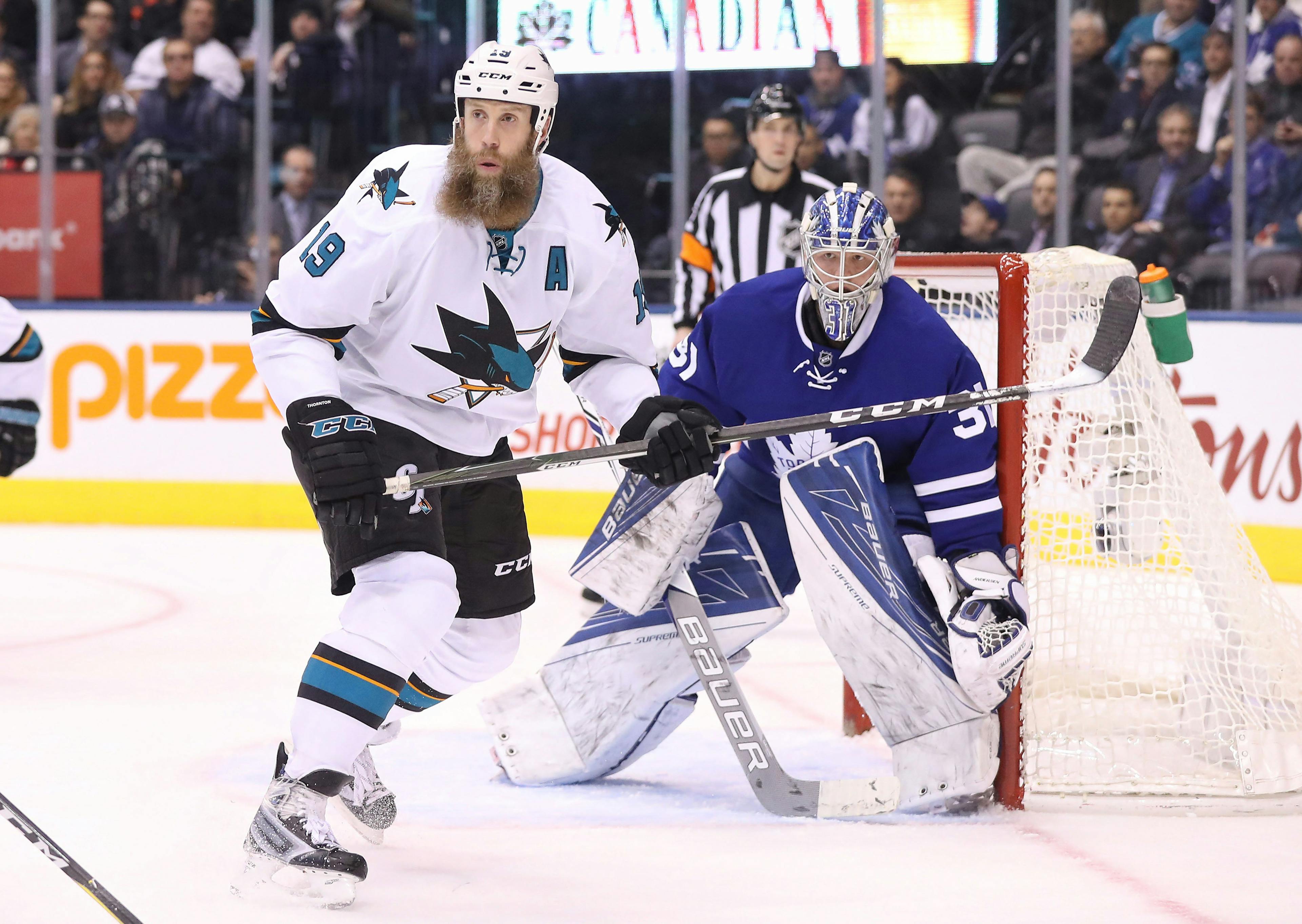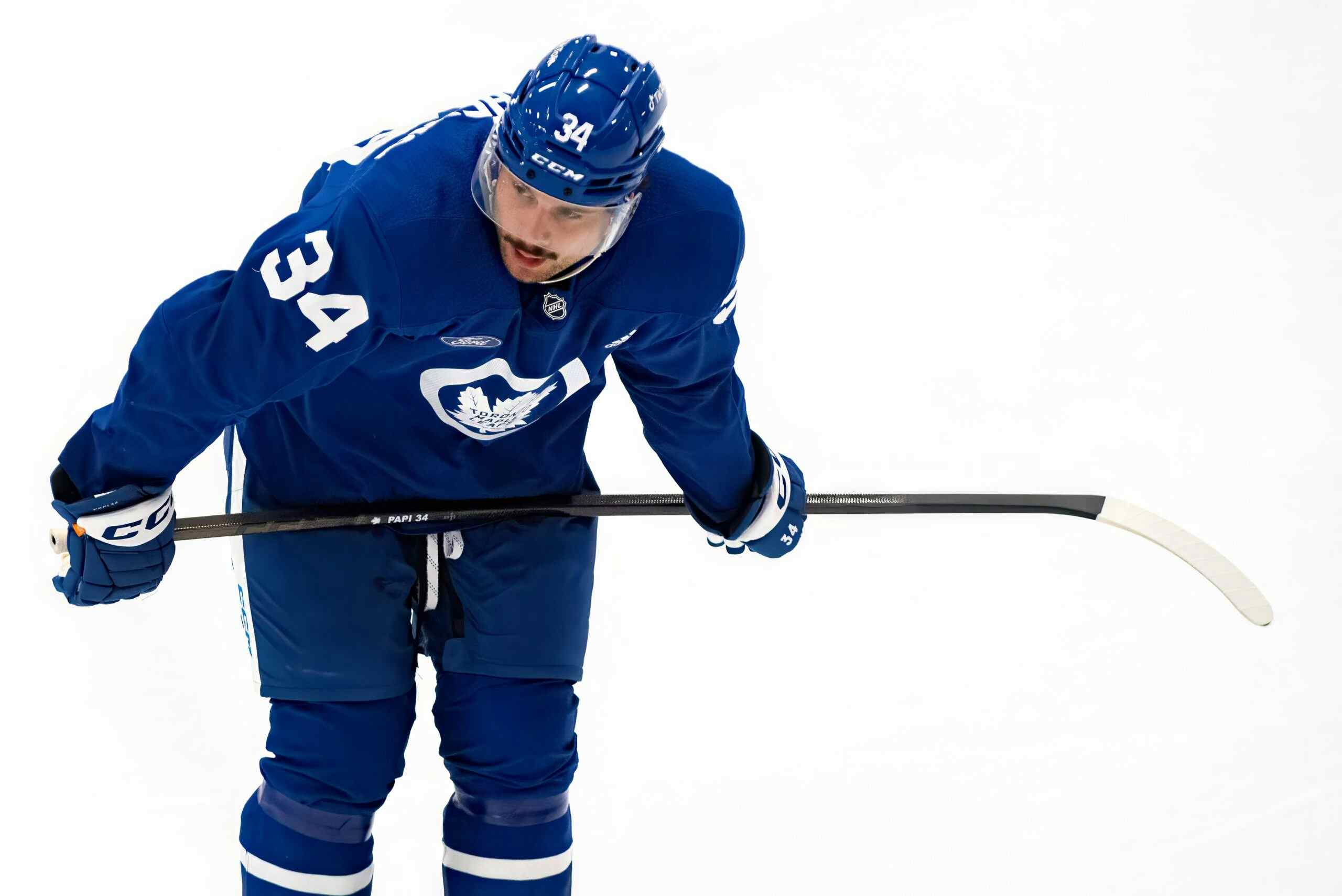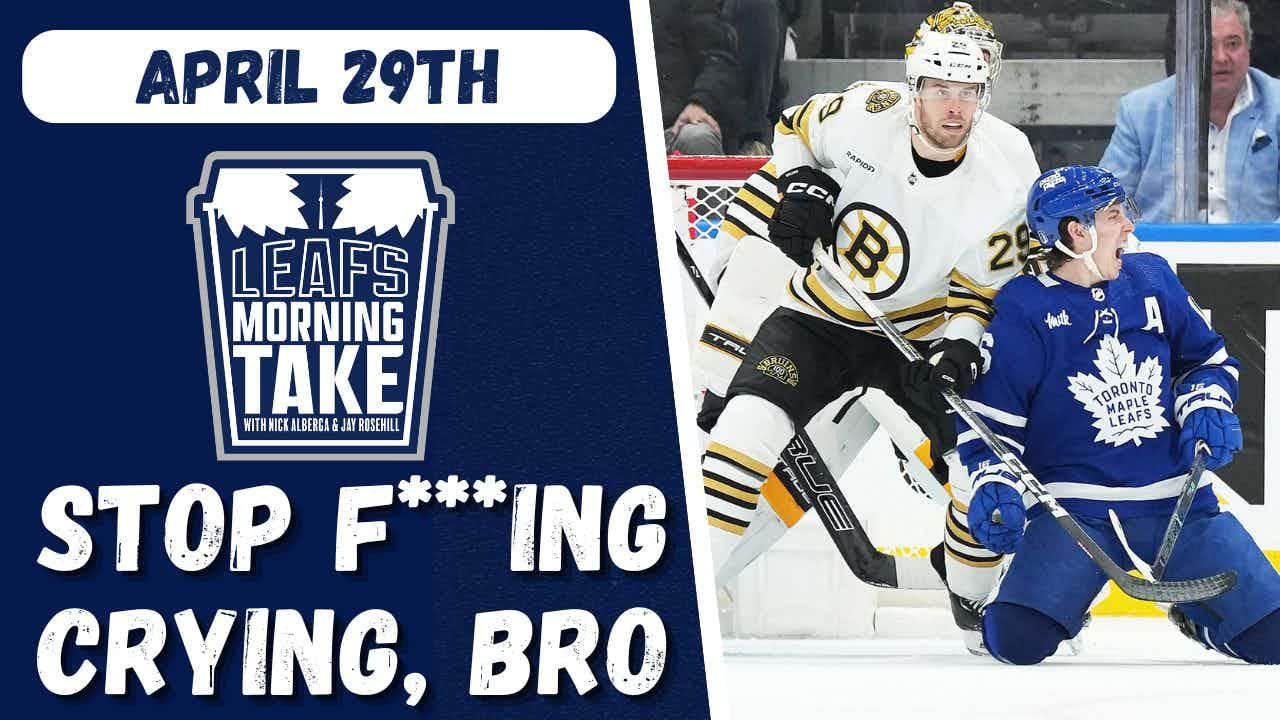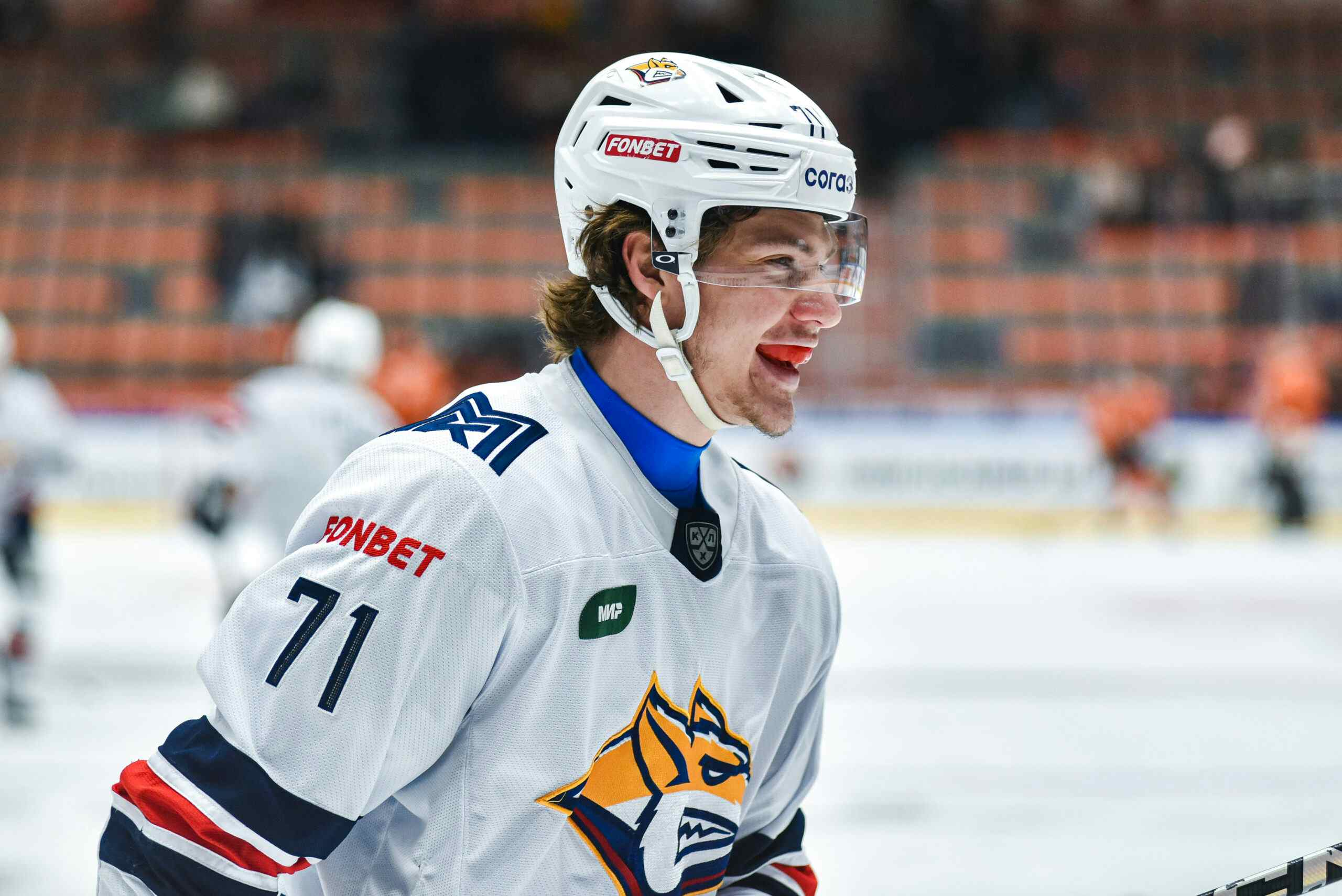Adding veterans to your team isn’t a bad idea, if you do it correctly

“This is what got the Leafs into this mess, we can’t do it again.” It’s a statement that comes up from large chunks of the Leafs fan base whenever a name that they’ve been familiar with for more than a handful of years comes up, and it’s hard to blame them. As fun as the late 90s and early 2000’s were at the time, Toronto never won more than two rounds and when the window fully closed on them, they had a shallow prospect pool that we all disillusioned ourselves into believing was good, for the sake of our sanity.
A look at the 30+ year olds that the Leafs dressed from their first season out of the early 90’s window (1995/96) until the point of no return of the 2000’s window (2007/08) is an interesting one. Many of the players (Mats Sundin, Tie Domi, Bryan McCabe, Dave Andreyhcuk, Dave Ellett, Dmitry Yushkevich, the first tour of duty for Doug Gilmour, etc) were along for the ride prior and just grew into their age. Many others (Gary Roberts, Alex Mogilny, Steve Thomas, even guys like Gary Valk) were successful enough and stuck around long enough that nobody speaks ill of them now.
But then there are a few others where you wonder if the Leafs got a little too cute with the glory year reunions. What was up with Larry Murphy and Mike Gartner in the mid-90s? Owen Nolan, Joe Nieuwendyk, Eric Lindros, Brian Leetch, Phil Housley, Jason Allison, Jeff O’Neill, Mariusz Czerkawski, Dmitri Kristich, Robert Svehla, Jyrki Lumme, Ron Francis, Glen Wesley and the like in the 2000s? Why was the “this ship is sinking” reaction to go after Mike Peca, Pavel Kubina, Hal Gill, and Jason Blake? Why did they bring back Wendel Clark twice, Doug Gilmour once, Curtis Joseph once, and Yanic Perreault some undefined number of times? Does anyone actually remember Kirk Muller or Alexander Khavanov wearing a Leafs jersey? Hell, does anyone who isn’t Russian or didn’t watch the 5-0 to 6-5 game against St. Louis even remember who Khavanov is?
I get it. Nobody wants the Matthews, Nylander, Marner, (and maybe Liljegren!) era to end up falling apart because Toronto tried to win the 2009 Stanley Cup in 2019. The way the Leafs went about it the last time was fun at the time but crippling in the long run.
But that doesn’t mean that the Leafs have to treat veteran players like they’re diseased and toxic to those around them. It just means they have to remember a few things:
- The cost of acquisition must be minimal. Giving up top prospects and major draft picks for players who’s peaks are behind them is, of course, stupid, because it inhibits your ability to replace them once they move on.
- The term must remain short. In today’s cap world, committing a significant number of years to those who are on the decline is incredibly dangerous. If they regress faster than the average, they’ll be boat anchors on your roster and mostly untradeable assets, unless a budget team is desperate and you had the foresight to front-load their deal and make the trade the day after the signing bonus you hopefully gave them. Oh, and if they’re over 35 when you signed it? Well, you better hope they don’t retire, then. In Toronto’s case, the ideal final year of any 30+ addition would be 2018/19, to avoid overlap with Auston Matthews and Mitch Marner’s extensions.
- The players should know their place. You’re not adding players to this team to take over the club. You’re adding them to support your youth and fill areas of weakness where they’d excel. Promise them a good environment, but don’t promise them control of the environment. They’re here to sleep over, not take over the condo.
Interestingly, the Leafs of old never truly had a problem with the latter point, the salary cap didn’t really impact the middle point, and there weren’t even that many cases where the first bullet rang true either.
That’s not to say they didn’t exist. Trading your top prospects (Brad Boyes), a decent mid-20’s role player in an era where that mattered (Alyn McCauley), and a 1st round pick in the deepest draft in NHL history for a 31-year-old Owen Nolan in the midst of his worst season in over a decade was short-sighted. Trading what became a 4th overall pick and your top defensive prospect (Kenny Johnsson) in a package to bring back a rapidly-deteriorating Wendel Clark was haunting. As great as he was for a few months, 28 regular season and playoff games of Brian Leetch at the age of 38 was not worth two (very minor) prospects, a 1st, and a 2nd. Trading a second round pick for Dmitri Khristich so you could turn around and waive Steve Sullivan was pretty nuts. Giving up a second while an inch from the basement for Yanic Perreault ended up being instrumental in the Leafs not tanking hard enough in 2008, and having to trade up to make an iffy 5th overall pick in Luke Schenn.
The assertion here is that throwing away first round picks and top prospects when you don’t have a prospect pool is, shockingly, a bad idea. But that much is abundantly obvious today, and it’s also worth noting that so many of the older players we remember in this case came in as free agents, or came over for late round picks in the dying moments of otherwise-quiet deadlines. Again, players of the Mogilny, Roberts, and Thomas ilk all came in as free agents. Toronto got nearly a decade of top-end goaltending out of Curtis Joseph (Pt. 1) and Ed Belfour, and got them both for free. Their ability to spend more than other teams did help them quite a few times to get veteran players who weren’t what they once wore, but still made the team better in the moment.
The benefit that they had, of course, was that without the salary cap, they could keep rummaging through coins to flip until they found one that wasn’t rusted and would usually land on heads for them.
That leads us to now. The Maple Leafs, in a calendar year, have gone from the worst team in the league to a playoff team lead by a bunch of rookies on way-below-market value, entry-level deals. Even with bonus overages being a thing (Toronto got hit by about $5 million’s worth today), they’ve still got at least $8 million in the bank, a pair of players that they could put on LTIR for several million more in fake money, and some secondary players that they can leverage in trades should their roster spots be filled with better or more palatable options.
Failed to load video.
Believe me, they exist. Yes, there are some obvious grenades to walk around in the 30+ range this free agency; guys like Shane Doan, Jarome Iginla, Brian Gionta, Mike Fisher, Patrick Sharp… they’re probably all just about cooked, as far as their star power goes, for example.
There are still some gems, though. You know what’s an easy way to make the Leafs better on both sides of the rink? Win the package deal sweepstakes for Patrick Marleau and Joe Thornton. Suddenly, you have a winger who hasn’t missed a game in eight years and is seemingly allergic to not scoring 20+ goals, and a legendary centre who’s 50 points in 79 games was his lowest since 1999, but still supplemented that by getting Selke votes for the 7th time in 8 years.
Want a super sniper that can kill penalties? New Jersey is sitting patiently, waiting to see which teams Ilya Kovalchuk will go to. At 34, he just had his best season in half a decade and is healthier now than he was in his mid-late 20’s. Want someone who can play the role Zach Hyman plays now but can generate some offence as well? The Caps don’t seem to be going anywhere with Justin Williams. Need another defenceman and want to troll a divisional rival? You could probably give Andrei Markov a call and be better for it if the deal is short enough.
The same idea goes for the trade market as well. If an older player with a year or two left on his deal shows up on the market at a low cost that can play a position that the Leafs firmly believe they have prospect a year or two away from taking control over (say, Mike Green in Timothy Liljegren’s spot, Dan Hamhuis in Travis Dermott’s, or maybe someone like Rick Nash filling in the JVR void if they decide to move him), brushing off the idea based solely on a date on a birth certificate doesn’t make a bunch of sense.
At the end of the day, two things are important for the Leafs right now. They need to work as hard as they can to get better while their core is signed at a low cost, and they also need to protect and continue cultivating their pipeline. Gutting the prospect pool to acquire a bunch of broken down statues is something the team clearly wants to avoid, but patching the weak spots of the core with low-asset cost, short-term fixes that can still contribute to the team while developing the long-term solutions in parallel is not a bad thing. In fact, it’s closer to a dream than it is to danger.
Knowing that is the easy part, though. Pulling it off is where it gets hard. We’ll find out soon enough if they can do it.
Recent articles from Jeff Veillette





